In an era dominated by global conflict, growing polarization, and social inequality, the relevance of the International Day of Non-Violence has only increased. Moreover, it invites individuals, organizations, and governments to reflect on the values of respect, tolerance, and compassion. Before exploring how this day has evolved, it is important to first examine its origins.
The Origins of the Day of Non-Violence
The International Day of Non-Violence started with an idea that traveled across continents.
In January 2004, Iranian Nobel laureate Shirin Ebadi brought a proposal to the World Social Forum in Mumbai, inspired by a Hindi teacher in Paris who taught international students about non-violence. The idea caught the attention of Indian leaders, including members of the Congress Party, who saw it as a perfect way to honor Mahatma Gandhi and his philosophy of ahimsa, or non-violence.
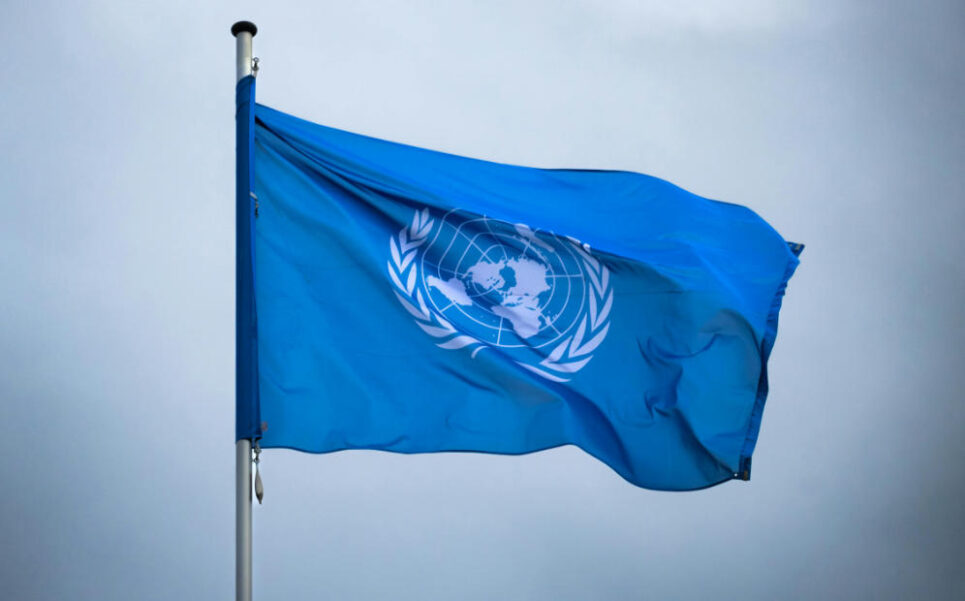
Fast forward a few years, and the idea became official. On 15 June 2007, the United Nations General Assembly voted to mark 2 October—Gandhi’s birthday—as the International Day of Non-Violence. The UN called on all member states to celebrate the day in meaningful ways, spreading Gandhi’s message through education, public campaigns, and community initiatives.

Of course, Gandhi himself is at the heart of this day. He led India’s independence movement not with guns, but through civil disobedience and peaceful protest. Instead of fighting the British Empire with violence, he encouraged Indians to resist by boycotting foreign goods, organizing non-cooperation campaigns, and staging marches like the iconic Salt March of 1930. His philosophy was simple but powerful: violence only creates more violence, while peace can bring lasting freedom.
More than just a symbolic date, the International Day of Non-Violence reminds us that non-violence is both a moral choice and a practical strategy. It encourages people, communities, and nations to solve conflicts without causing harm, proving that courage and persistence can bring real change.
In the end, the origins of this day show that non-violent action isn’t weakness—it’s a way to channel strength, justice, and hope into building a better world.
Non-Violence Through History
The roots of non-violence stretch far back in human history, long before the formal recognition of the International Day of Non-Violence.

Across civilizations, cultures, and religions, the principle of resisting harm and injustice through peaceful means has been central to creating more just societies.
In ancient India, for example, Jainism and Buddhism promoted ahimsa, the principle of non-injury, as a moral and spiritual practice. Interestingly, Jain monks would go to extraordinary lengths to avoid harming even the smallest living creatures, reflecting a profound respect for life that influenced social behavior and governance. Buddhism similarly emphasized compassion and mindfulness, encouraging adherents to cultivate inner peace and resolve conflicts without aggression.
Meanwhile, Western traditions also contributed significantly.
Christianity provided a moral framework for non-violence through teachings of forgiveness, turning the other cheek, and resolving disputes through dialogue rather than force.
Figures like St. Francis of Assisi and Mahatma Gandhi drew inspiration from these ideals centuries later, showing how religious thought could underpin social action. Even in Greek philosophy, thinkers such as Socrates and the Stoics emphasized reasoned debate over confrontation, establishing intellectual foundations for non-violent discourse.

In addition, the modern era witnessed the application of these principles in organized movements for political and social change.
Gandhi became the global symbol of non-violent resistance, demonstrating that mass movements could overthrow oppressive systems through strategic civil disobedience. His marches, boycotts, and fasting campaigns were not acts of passivity; they were calculated, courageous, and highly effective strategies that inspired others worldwide.
Following Gandhi’s example, Martin Luther King Jr. adapted non-violence to the struggle for civil rights in the United States, leading boycotts, sit-ins, and marches that challenged systemic racism without resorting to violence. Meanwhile, Nelson Mandela and other South African activists showed that even societies long steeped in oppression could pursue justice through dialogue, negotiation, and reconciliation rather than revenge.
Moreover, non-violence has also been a strategy for women’s movements, environmental activism, and anti-colonial struggles globally. From the suffragette marches in the United Kingdom to peaceful protests for climate justice led by youth activists today, the International Day of Non-Violence carries forward this rich legacy, reminding us that resisting injustice does not require violence—it requires courage, creativity, and persistence.
Why the Day of Non-Violence Matters Today
In today’s world, where armed conflicts, social inequality, and digital aggression are all too common, the International Day of Non-Violence feels more important than ever. Crucially, it reminds us that peaceful strategies can create real change—even in the most difficult situations.
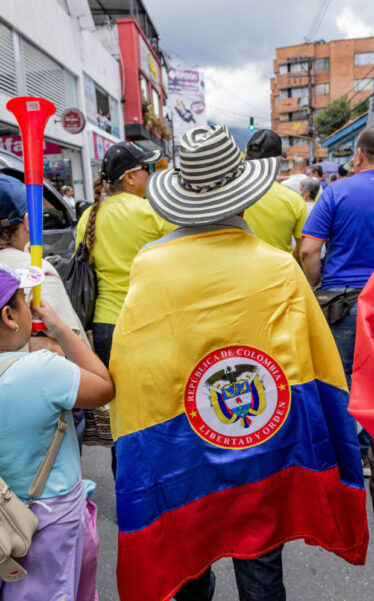
Take Colombia, for example. After decades of conflict between government forces and guerrilla groups, grassroots organizations and former combatants are working together to rebuild communities.
Through dialogue circles, educational programs, and local development projects like community gardens and youth centers, trust and reconciliation are being restored.
Some of the educational programs making a difference include Caring For Colombia, Youth-led Peace and Reconciliation, and Escuela Nueva.
Caring For Colombia is a nonprofit connecting U.S. donors with impactful local projects. Since 2003, it has partnered with community leaders to support education, leadership, sustainability, and cultural initiatives, fostering positive change in vulnerable areas.
Youth-led Peace and Reconciliation is supported by UNITAR and the German Federal Foreign Office. It strengthens resilience and conflict-prevention skills among at-risk youth, families, and marginalized communities, contributing directly to Colombia’s ongoing peacebuilding process.
Escuela Nueva is an innovative educational model that focuses on active learning, community involvement, and peace education. Adopted in rural and conflict-affected areas, it encourages social cohesion and non-violent conflict resolution.
Together, these initiatives prove that healing and rebuilding are possible without violence, giving hope to generations growing up amid conflict.
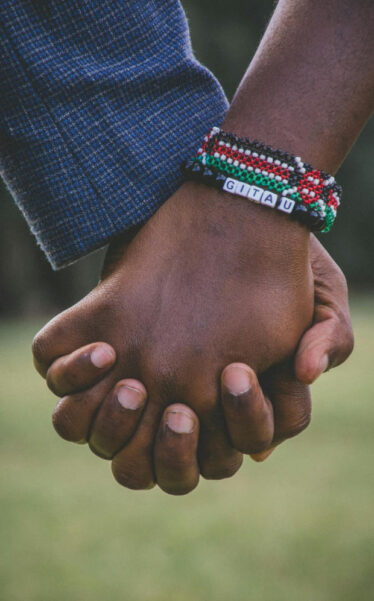
In Kenya, the International Day of Non-Violence inspires intertribal peace festivals that bring together communities with a history of tension. Music, sports, and open conversations help bridge divides, while drumming circles, football matches, and cultural performances create spaces for people to connect, share stories, and see each other as neighbors rather than rivals. Notable festivals include:
Lake Turkana Cultural Festival (Tobong’u Lore) – Held in Loiyangalani and Lodwar, this festival unites over 14 indigenous communities, celebrating heritage, unity, and peace through traditional dances, attire, and songs.
Tegla Loroupe Peace Race – A 10-kilometer road race in Kapenguria founded in 2003 to bring rival tribes together and support the Tegla Loroupe Peace Foundation, which promotes education, sports, and health initiatives.
Lamu Cultural Festival – Celebrated every November on Lamu Island, featuring dhow races, donkey races, poetry, and Swahili cuisine, fostering cultural exchange and understanding.
Maralal International Camel Derby – Held in northern Kenya, this camel racing event also serves as a cultural exchange among the Samburu, Turkana, and Pokot people, promoting peace and tourism.
Maulidi Festival – A week-long celebration of the Prophet Mohammed’s birth, primarily on Lamu Island, where thousands gather in a festive and peaceful atmosphere.
Meanwhile, in South Korea, “Peace Villages” programs focus on children and teenagers. Through workshops, cooperative games, storytelling, and peer mentoring, participants develop empathy, communication skills, and conflict-resolution abilities, laying the foundation for a generation equipped to handle disputes peacefully.
Similarly, in Mexico, community-led marches and awareness campaigns honor victims of violence while promoting social justice and gender equality. Residents carry portraits, light candles, and hold discussions in community centers, transforming grief into action and showing how remembrance and activism can coexist without confrontation.
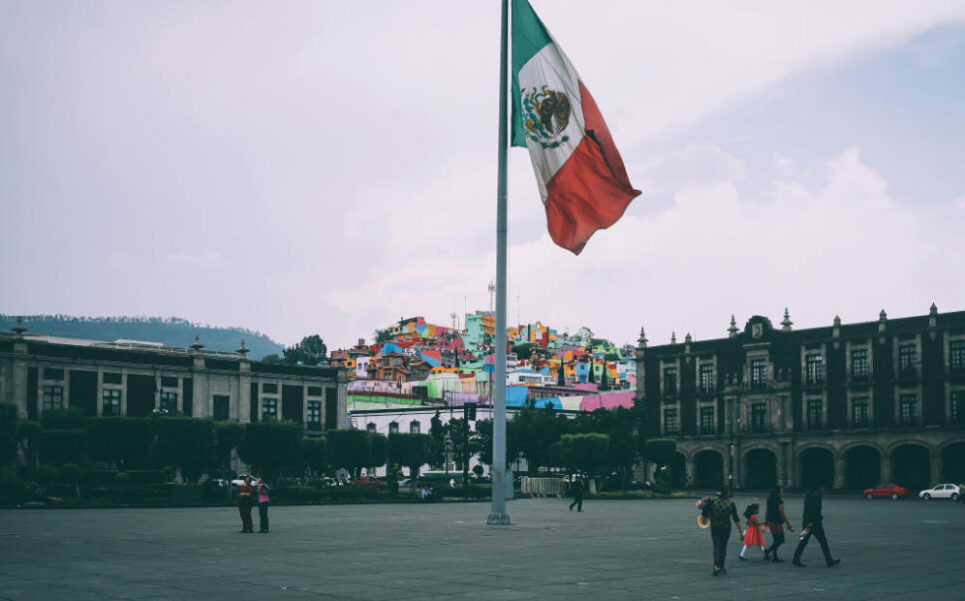
Even in Europe, young activists are using digital platforms to make an impact.
Teenagers and young adults coordinate online campaigns, livestream discussions, and organize peaceful demonstrations to pressure governments and corporations toward sustainable policies.

In Canada, restorative justice programs provide yet another example of non-violence in action. Instead of punitive systems that often perpetuate harm, these programs bring offenders and victims together in guided dialogues, fostering understanding, accountability, and community healing.
Finally, international initiatives such as the International Campaign to Abolish Nuclear Weapons (ICAN) highlight how non-violence can shape global politics. Through advocacy, education, and diplomacy, ICAN works to reduce the threat of nuclear conflict, proving that peaceful pressure can influence decision-making at the highest levels.
Altogether, these examples show that the International Day of Non-Violence is far more than a symbolic date. It offers a practical framework for addressing real-world challenges—from armed conflict and inequality to youth education and environmental crises. Ultimately, the day inspires individuals and communities worldwide to adopt strategies that reduce harm, build trust, and create sustainable, just societies.
How the Day of Non-Violence Has Evolved
Initially, the International Day of Non-Violence was largely ceremonial. Traditionally, these observances consisted of speeches, commemorative events, and media statements.
However, over time, the day has evolved into a dynamic platform for activism, education, and community engagement. Consequently, it now encourages reflection on how societies actively promote peace and the practical application of non-violent principles in everyday life.
Specifically, educational initiatives have become a core component of the observance.
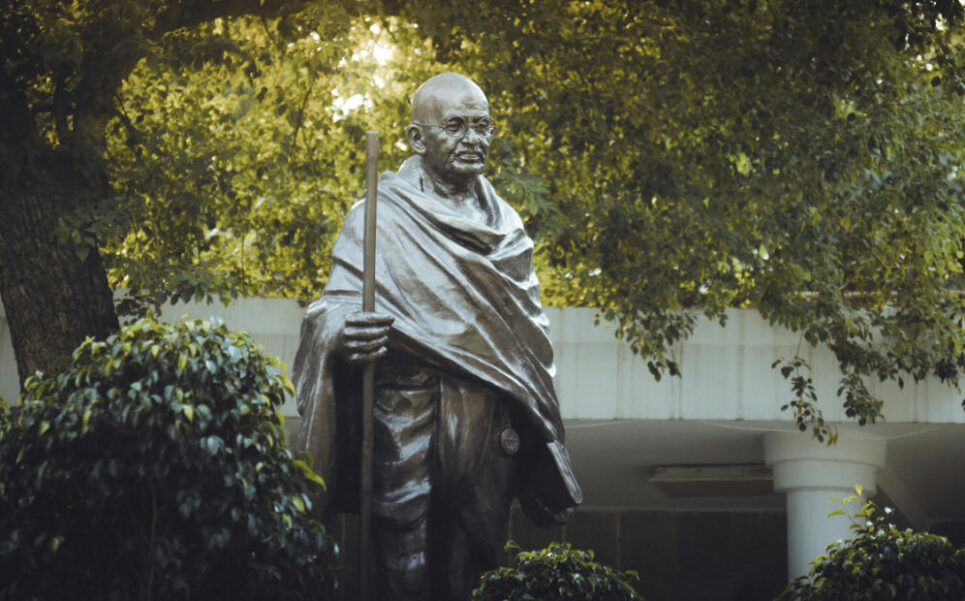
For example, in Germany and India, schools and universities teach students about Gandhi’s philosophy, conflict resolution, and how to apply non-violence in daily interactions.
Moreover, these lessons frequently include interactive workshops, role-playing exercises, and discussions on contemporary issues such as bullying, cyberviolence, and climate activism, helping young people see the relevance of non-violence in modern society.
In addition, community and cultural events have expanded significantly.
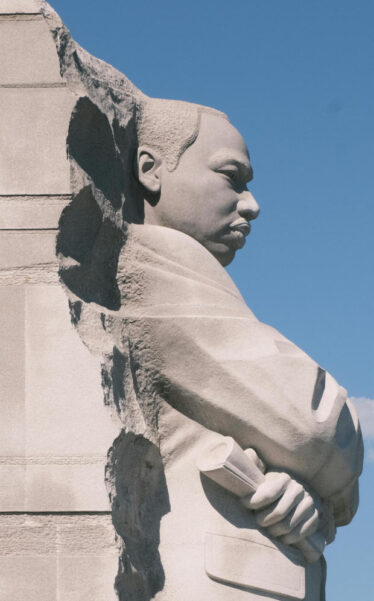
For instance, in Kenya, intertribal peace festivals bring together communities historically in conflict, using music, dance, and sports to foster understanding and reconciliation.
Similarly, in Mexico, marches honor victims of violence while simultaneously promoting local activism for human rights and gender equality, highlighting the intersection of remembrance and action.
Furthermore, digital platforms have transformed the observance even more profoundly.
Social media campaigns, virtual conferences, and online petitions now allow individuals worldwide to participate in non-violent initiatives.
Thus, the International Day of Non-Violence has evolved from a symbolic commemoration into a living, adaptable movement.
Ultimately, it demonstrates that the principles of peaceful action are not only aspirational but also practical, capable of guiding responses to a wide range of modern challenges, whether political, social, or environmental.
In this way, the day inspires individuals and communities to integrate non-violence into daily life, creating a ripple effect of positive change across the globe.
Living the Spirit of Non-Violence Every Day
The International Day of Non-Violence is not limited to October 2nd—rather, it is a call to integrate peace into everyday life. By embracing its principles, individuals, communities, and governments can make decisions that reduce harm and foster cooperation.
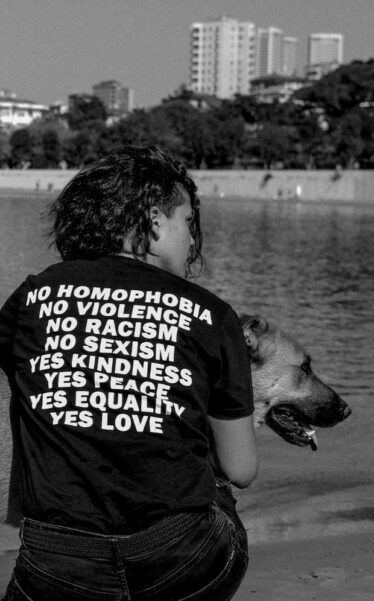
Practicing non-violent communication helps prevent conflicts at home, in schools, or workplaces. Moreover, choosing products and media that reflect fairness, sustainability, and ethical responsibility extends the philosophy of non-violence to daily consumption habits.
Similarly, community engagement is equally important. Initiatives like restorative justice programs in Canada bring offenders and victims together to repair harm through dialogue rather than punitive measures, promoting healing and accountability.
In addition, South Korea’s “Peace Villages” programs teach children skills in empathy, negotiation, and cooperative problem-solving, cultivating a generation grounded in non-violent principles.
Finally, on a global scale, the International Day of Non-Violence inspires policy advocacy and international cooperation. For instance, Norway’s mediation in Colombia’s peace process and campaigns by the International Campaign to Abolish Nuclear Weapons (ICAN) demonstrate that even large-scale global challenges can be addressed through strategic, non-violent action.
Overall, these examples highlight that peace is both a mindset and a practical approach to solving problems at every level of society.
A Call for Peaceful Action
The International Day of Non-Violence is a powerful reminder that the most profound social and political changes in history—from India’s independence to civil rights victories in the United States—have been achieved not through force, but through courage, dialogue, and strategic non-violence.
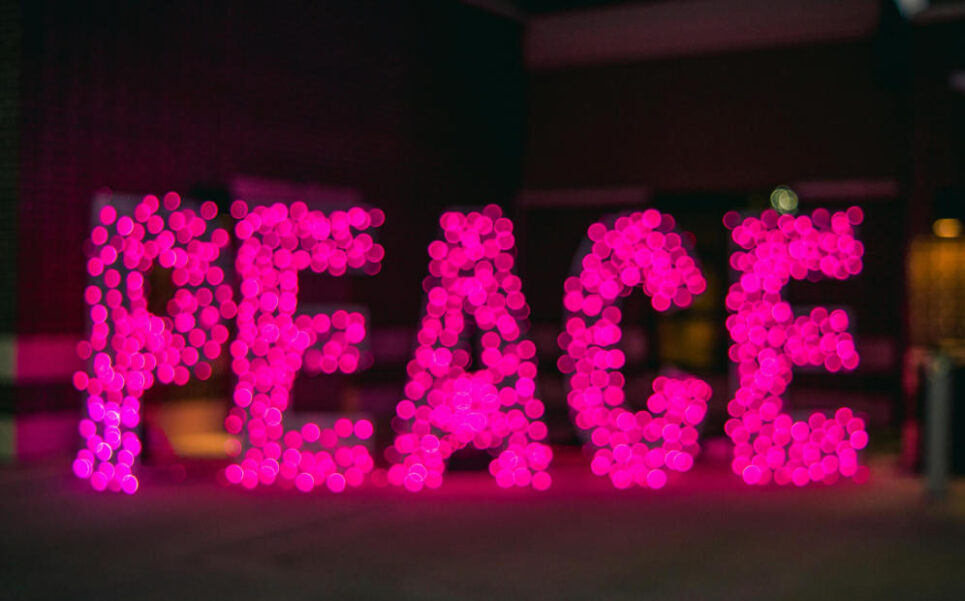
Today, around the world, communities are actively applying these principles: intertribal festivals in Kenya, restorative justice in Canada, youth climate activism in Europe, and community reconciliation in Colombia all illustrate the transformative potential of non-violent action. The International Day of Non-Violence challenges each of us to reject cycles of harm and instead commit to resolving conflicts peacefully, fostering justice, and protecting human dignity.
Ultimately, celebrating the International Day of Non-Violence is more than honoring Gandhi—it is a call to integrate peace into our daily lives, shaping societies where equality, compassion, and justice are not ideals, but lived realities.


